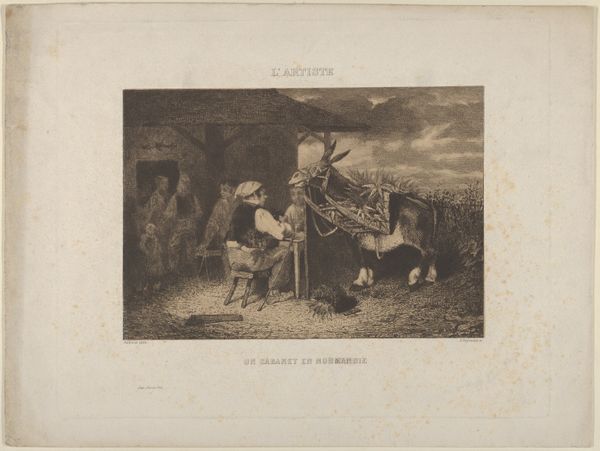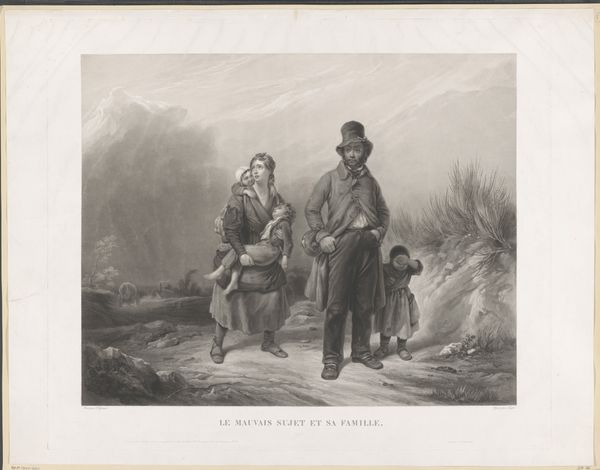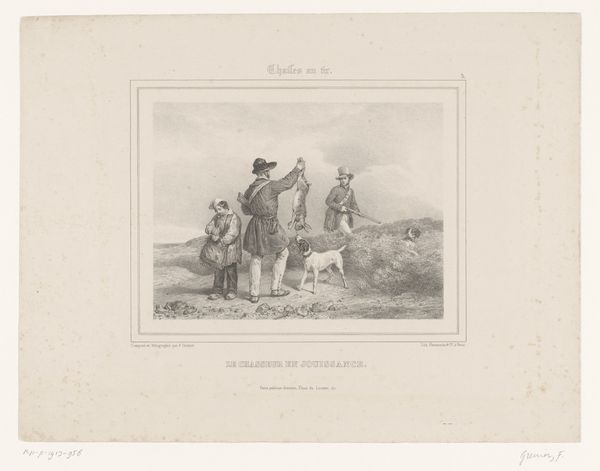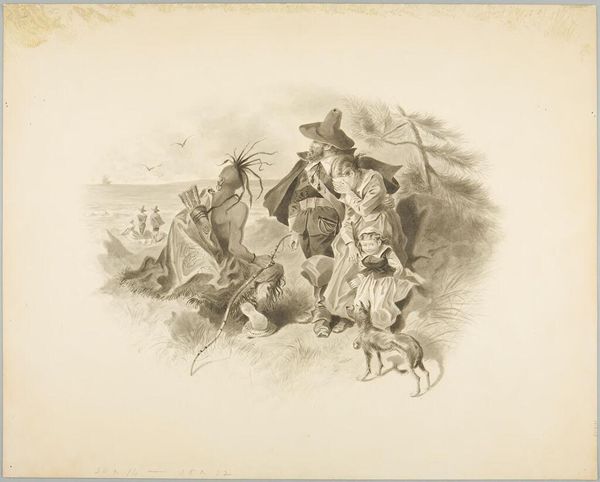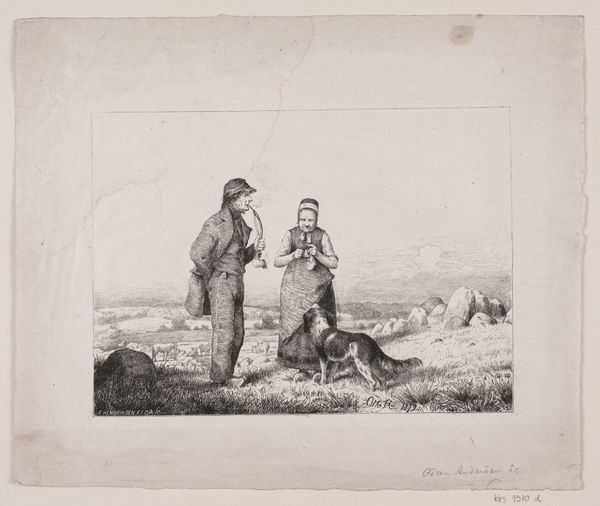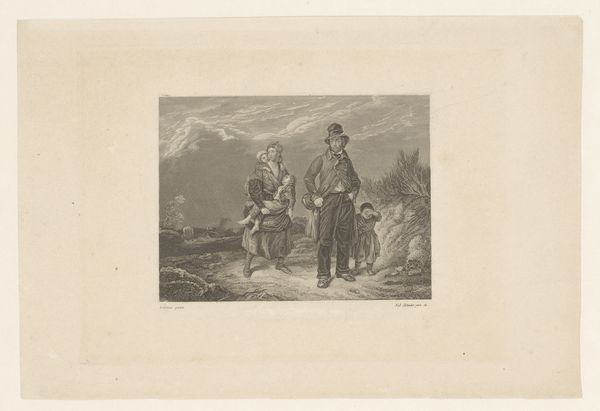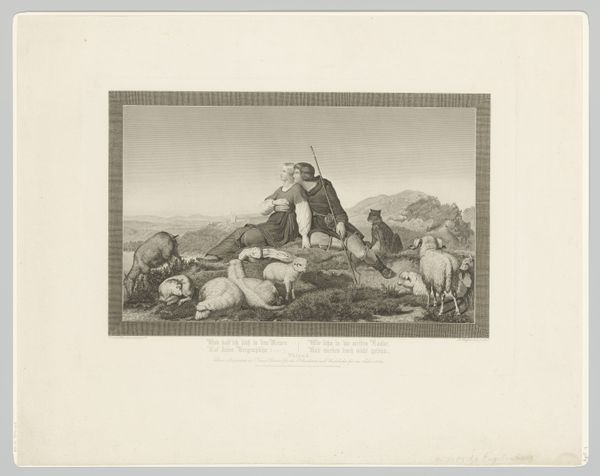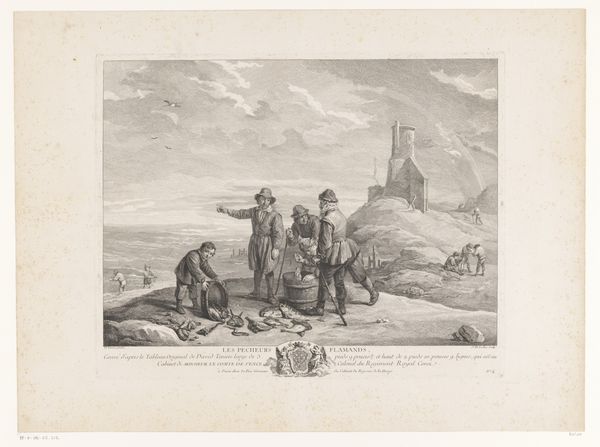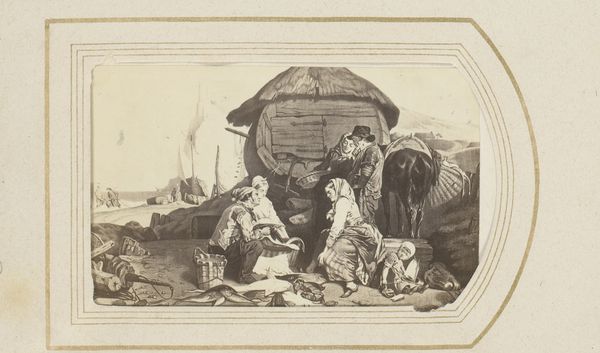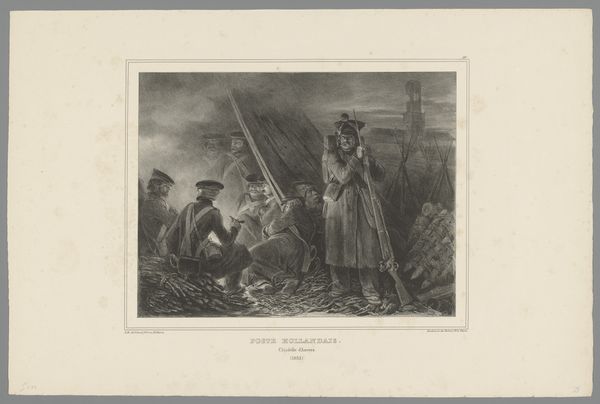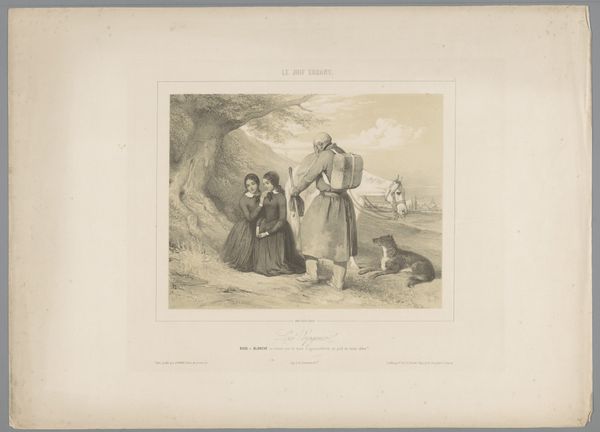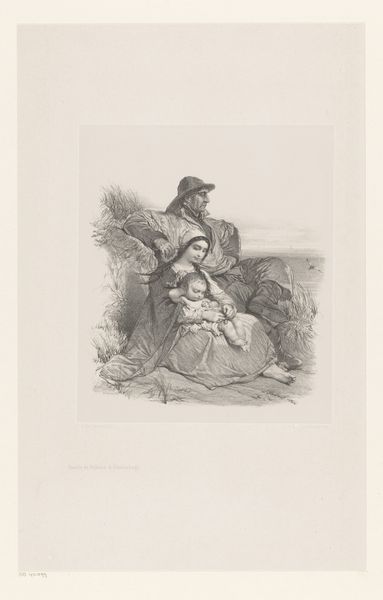
print, woodcut, wood-engraving
#
16_19th-century
# print
#
landscape
#
woodcut
#
19th century
#
united-states
#
genre-painting
#
wood-engraving
#
watercolor
#
realism
Dimensions: 5 1/8 x 7 in. (13.02 x 17.78 cm) (image)8 3/16 x 10 7/8 in. (20.8 x 27.62 cm) (sheet)
Copyright: Public Domain
Editor: So, this is Winslow Homer's "Watermelon Eaters," created in 1878. It’s a wood engraving, and the scene depicts several African American children enjoying watermelon in a field. There's something both innocent and unsettling about it... What do you see in this piece? Curator: Immediately, I’m drawn to the socio-political context. Homer created this work more than a decade after the Civil War, during the Reconstruction Era. How do we interpret images of Black people consuming watermelon during this period, given the history of racist caricatures that perpetuated harmful stereotypes? Does the scene perpetuate those stereotypes, or challenge them? Editor: That's a very valid question, since I’m trying to reconcile my initial feelings about it as an innocent portrayal of kids enjoying a snack, versus the charged symbolism attached to it. What’s your take? Curator: It’s a complicated space. While there's a superficial sense of carefree enjoyment, it’s crucial to acknowledge that representations of Black individuals eating watermelon were frequently weaponized to demean and dehumanize them. The piece invites us to consider how this imagery functioned within a racist society. And we must acknowledge that looking through contemporary lens means our interpretations will probably differ. Editor: I see your point. Looking at the composition more closely, it does raise questions about whose gaze this is constructed for and what it reinforces. Are the children portrayed with agency and individuality, or are they reduced to a harmful stereotype? Curator: Exactly. Homer’s other works show a sensitivity towards depicting Black life, and there’s room to debate the intent here. What kind of dialogue can this woodcut prompt in contemporary culture regarding the legacies of racism and the challenges of representation? Editor: I’m starting to see that art isn't created in a vacuum, especially in cases such as this where subject and history become critical. I realize how important it is to learn the historical, societal, and political context in evaluating art. Curator: Precisely! Understanding these contexts allows us to grapple with the complexities and ethical implications embedded within visual culture.
Comments
No comments
Be the first to comment and join the conversation on the ultimate creative platform.
